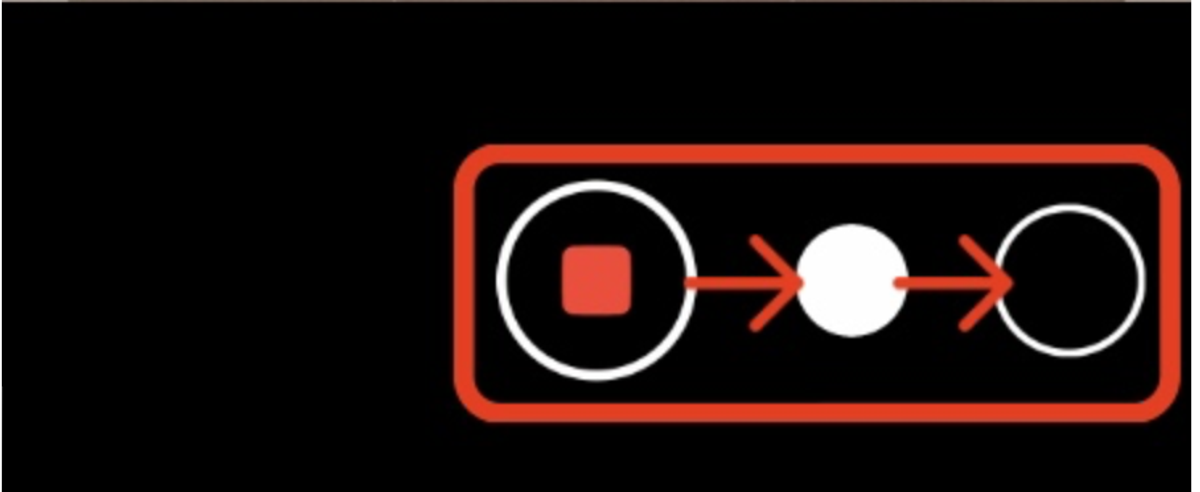Teachers' Page:

We start each week with a Monday Morning Meeting for staff. It's a time for information sharing, celebrating staff and children's achievements, laughter, building and strengthening the kaupapa foundations for our school, and a few tips on teaching, techie skills and even life. This page will be the place teachers can come back to if they want to revisit anything we covered in our Monday Morning Meetings.
It's really a page for teachers, but if you find anything worthwhile here for yourself, great.
Web Pages:
https://www.explainthatstuff.com/
World Radio
Radio Garden is a website that presents you with a spinnable globe of the Earth. The green dots represent radio stations. Rotate the globe, click a dot and you are suddenly listening to live radio in that part of the world. Right now I’m listening to Calypso Radio FM
Time machine for music
If you pick a year from your past (1951-2015), The Nostalgia Machine will warp you back musically and link you to videos of the top Billboard Hits of that time.
Rose Bud and Thorn Reflection Tool:
Rose, Thorn, Bud
Rose, thorn, bud is a simple tool for reflection for yourself or your team. The basic idea is to look back at a recent project or how things are going and consider each aspect of a rose:
Rose: what are the successes?
What's gone well?
Thorn: what are the challenges?
What could we do better?
Bud: what are opportunities with potential?
What could we explore or try?
If undertaking a reflection, spend a few minutes individually adding thoughts for each prompt, then talk through each of the thoughts in Rose, Thorn and Bud.
Next, capture actions from the reflection—what you'll do as a result.
If you're conducting reflections regularly, revisit actions from previous sessions.
I like "rose, thorn, bud" as it's beautiful to consider that a rose contains such different facets, as with many aspects of life.
There are a number of reflection activities that are variations of these three prompts: "What went well?"
"What didn't go well?"
"What else?"
A few to mention:
The sailboat retro:
- Goal/vision, Rocks, Wind, Anchor a nice feature for a team is that this activity places you all in the same boat.
- Glad, Mad, Sad
- Liked, Learned, Lacked, Longed for
- Wishes, Risks, Appreciations, Puzzles
- I liked, I wish, What if
- Start, Stop, Continue
- Strengths, Weaknesses, Opportunities, Threats (SWOT)
I've come to consider that it doesn't matter too much what activity you choose to get a discussion going. What matters most is regular reflection, hearing all the voices in a team, and making progress together.
Techie Tips:
Control+Command+Q
Immediately lock your screen. A good security and privacy practice to get into, especially in a school environment, is to lock your screen when you step away from your desk. This keyboard shortcut makes that easy.
Play External Audio While Recoding Video on iPhone:
Open the Camera app - make sure it is set to the Photo option
Open Music App - send it to an external speaker/device if you wish, or have it play on the phone.
Go back to Camera App - press and hold on the shutter button - white circle - slide up towards the lock symbol.
The video is now recording, and the music is still playing.
To Ponder:
The beginner chases the right answers.
The master chases the right questions.
Sketchplanations
When should you use "I" and "Me" in a list of names?
A general rule to help you know which to use when is to remember that if an action is being done to or for you, then use "me." Here, you're the object of the sentence.
If it's you doing the action, then use "I." In this case, you're the subject of the sentence.
So, in the example in the sketch, the kind owners of the cottage are lending the bike to us both—I'm not the one doing the lending but instead am receiving the bike—so it should be:
"The kind owners lent a bike to Nicky and me."
Conversely, when we cycle off, it's both of us doing the cycling, so here it should be:
"Nicky and I cycled to the beach."
To be sure you're nailing it, try removing other names from the list. Often, it makes it obvious which to use. For example, when phrased as "The kind owners lent a bike to I," and "Me cycled to the beach," it's pretty straightforward which is right or wrong.
Article
Why Americans Drive On The Right And The British On The Left
When I was motoring through London very carefully, I wondered: Why was I driving on the “wrong” side of the road? I’m from the United States, which started as a bunch of former British colonies. We speak the same language, more or less. But we drive on opposite sides, sometimes with hazardous effects. And the United Kingdom isn’t the only country, of course, to do it the other way. About 30 of the world’s countries mandate left-side driving, and another 70% or so stay to the right. How it got that way is a winding tale. In Europe, Napoleon Bonaparte played a central role. In the United States, Henry Ford often gets the credit, but that’s actually wrong. It goes much further back than Ford. Not only does traffic on the right-pre-date cars, but it also pre-dates the establishment of the United States.
As I had learned from research on the history of roads and driving, the Conestoga wagon was key to this whole story.
Wagon Trains
With their tall, arched cloth roofs, these big wagons became icons of America’s westward expansion as they carried the belongings of pioneers from the East out to the frontier. In the early 1700s, though, western Pennsylvania was the distant frontier. Local carpenters and blacksmiths developed Conestoga wagons to carry goods, including farm produce and items bartered from Native Americans, to markets in Philadelphia. At the time, Philadelphia was one of the biggest cities in the colonies. The wagon driver could ride one of the horses or sit on a“lazy board” that slid out of the side of the wagon. But when more active control was needed, he walked alongside the horses, pulling levers and ropes.
An original 19th-century Conestoga wagon at the Conestoga Area Historical Society in Conestoga, Pennsylvania, in 2024.
I imagined myself walking down a long dusty trail, leading a team of horses pulling this blue-painted wagon. I’m right-handed, like most people. For that reason, Conestoga wagons had the controls on the left side, close to the wagon driver’s right hand. That meant the driver was toward the middle of the road and the wagon to the right.
Eventually, there was so much trade and traffic between Lancaster County, Pennsylvania, and Philadelphia that America’s first major highway was created. The Philadelphia and Lancaster Turnpike Road opened in 1795. Among the rules written into its charter, according to the book “Ways of the World ”by M.G. Lay, was that all traffic had to stay to the right — just like the Conestoga wagons did. In 1804, New York became the first state to dictate traffic stay to the right on all roads and highways.
Some people credit Henry Ford with standardizing US traffic on the right side of the road because, in1908, Ford Motor Co. put the steering wheel on the left side of the hugely popular Model T. Really, though, Ford was just responding to driving habits that had been largely established long before. The weird thing is that most of Europe, besides Britain, drives on the right like Americans do.
A street in Stockholm, Sweden, at 5 am on September 3, 1967, when cars switched from left side to right side driving.
Sweden drove on the left until one surprisingly uneventful day in 1967 when drivers there switched to the right.
Why Britain Keeps Left:
Historian Lay sayis that it had to do with the different types of conveyance used. In Britain, there were fewer industrial-sized wagons and more small carriages and individual horse riders. Horse riders preferred to stay to the left to keep their right hands toward oncoming traffic for greetings and, if needed, fighting.
Hazardous Driving
Whatever the reasons, there are sometimes real consequences to switching sides, and there have been serious crashes. William Van Tassel, AAA’s head of driver training, recommends that drivers take extra steps to concentrate when driving on the other side. Keep the radio off for one thing.“I think it’s fine to talk to yourself while you’re driving over there. That kind of forces you to focus on driving,” he said. “OK, tight left or far right. Check for traffic from the right rather than the left. Whatever it is, whatever works.”













